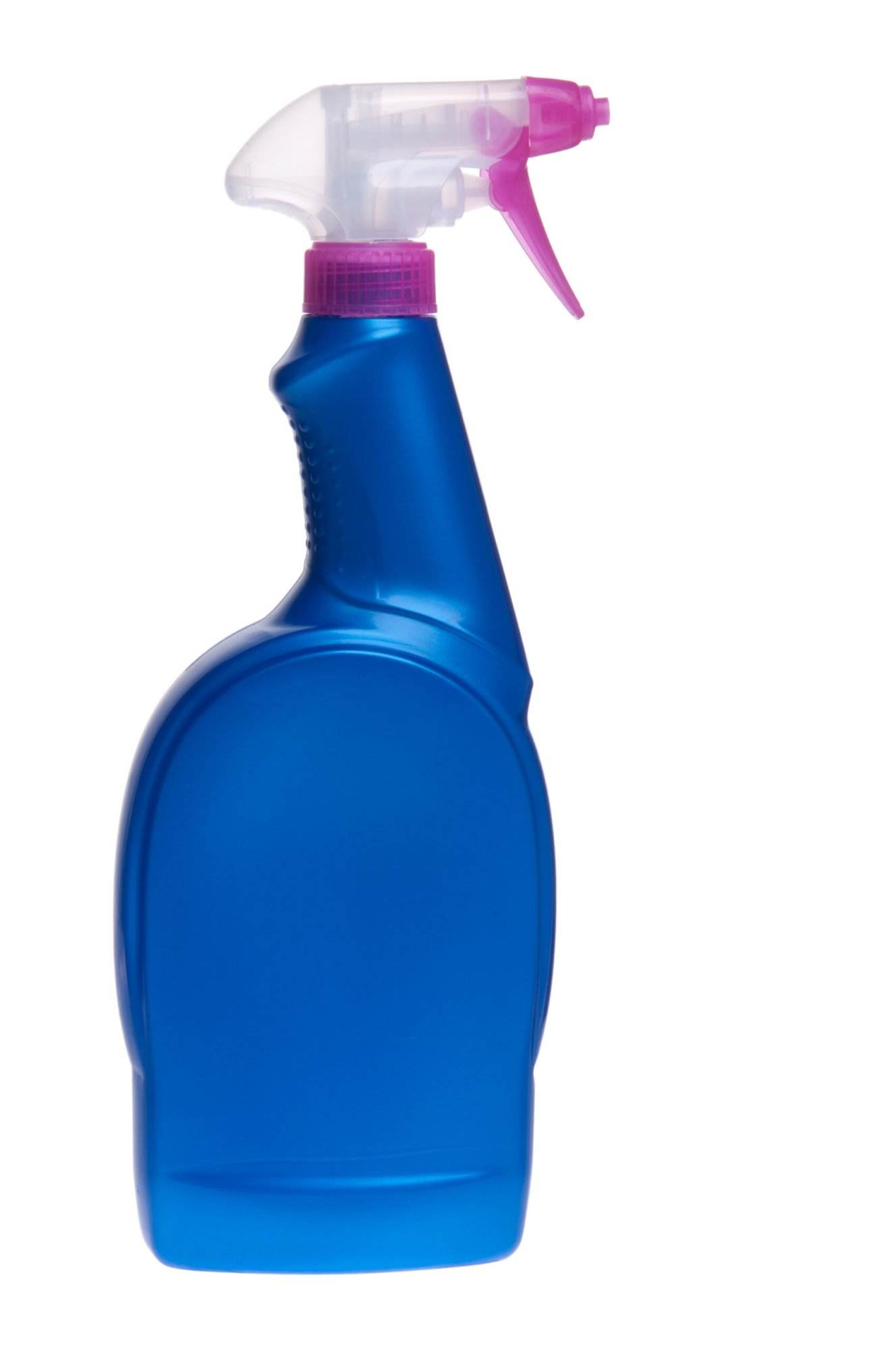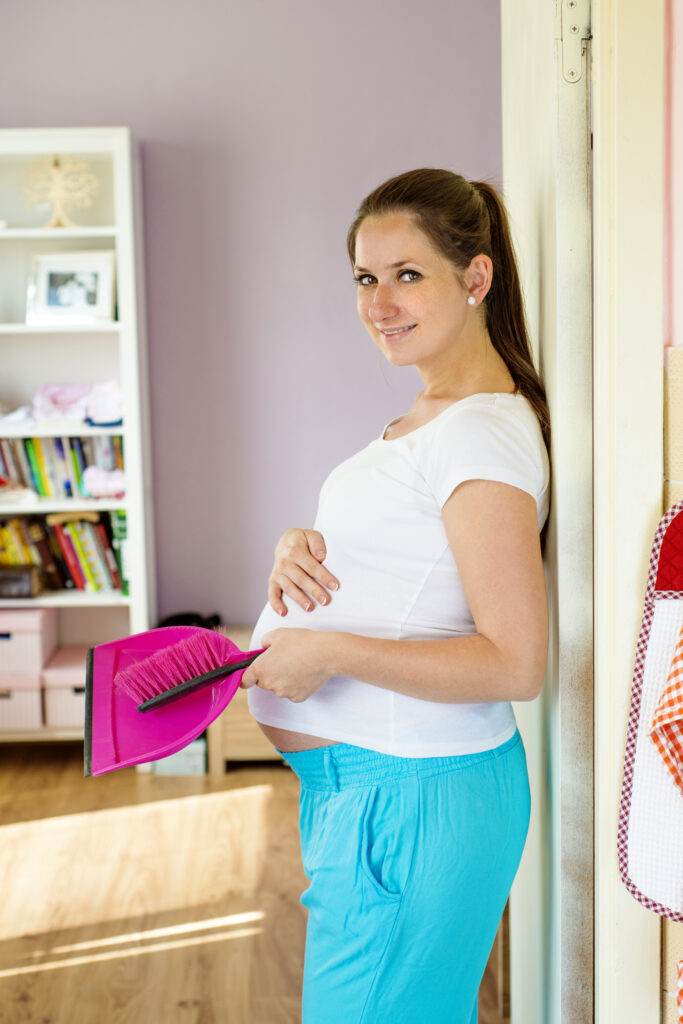Post-pandemic cleaning protocols have evolved significantly since the COVID-19 outbreak. With new threats emerging, it’s crucial to understand and implement updated cleaning standards to protect ourselves and our communities. In this blog post, we will explore the importance of post-pandemic cleaning practices, common mistakes to avoid, and how to implement sustainable practices in your home or business.
Introduction: The Importance of Updated Cleaning Standards
The pandemic has taught us many lessons about hygiene and cleanliness. We now know that regular handwashing, surface disinfecting, and respiratory etiquette are essential for preventing the spread of infectious diseases. However, with the rise of new viruses such as Delta variant, it’s clear that we need to update our cleaning protocols to stay ahead of the curve.
Understanding the New Threats: COVID-19 and Beyond
Delta variant is particularly concerning because it can be transmitted more easily than previous strains of the virus. It also appears to be more resistant to hand sanitizer and other common disinfectants. This means that we need to step up our cleaning game to keep ourselves and others safe.
A Comprehensive Guide to Post-Pandemic Cleaning Protocols
Here are some key steps you can take to ensure that you’re following best practices for post-pandemic cleaning:
1. Disinfect high-touch surfaces regularly, including doorknobs, countertops, and light switches. Use a mixture of bleach and water (1/4 cup bleach per gallon of water) or an EPA-registered disinfectant.
2. Wash linens, towels, and clothing separately from other laundry items using hot water and detergent.
3. Change air filters frequently to reduce the amount of dust and allergens in the air.
4. Vacuum carpets and rugs thoroughly, paying attention to edges and corners where debris tends to accumulate.
5. Wipe down hard floors with a mop or microfiber cloth and disinfectant solution.
6. Regularly clean electronics like smartphones, tablets, and computers, which can harbor germs and bacteria.
Implementing Sustainable Practices in Your Home or Business
In addition to updating your cleaning protocols, it’s important to consider sustainability when choosing products and methods. Here are some tips for implementing sustainable practices in your home or business:

1. Choose eco-friendly cleaning products made with natural ingredients like vinegar, lemon juice, or castile soap.
2. Avoid using single-use plastics like disposable wipes and instead opt for reusable alternatives like washcloths or microfiber cloths.
3. Reduce waste by recycling empty containers and packaging materials properly.
4. Conserve energy by turning off lights and appliances when not in use and reducing heating and cooling usage whenever possible.
Common Mistakes to Avoid When Cleaning After Pandemic
While post-pandemic cleaning protocols are critical for keeping ourselves and others safe, there are several common mistakes people make when cleaning after pandemic. Here are a few to watch out for:

1. Not washing hands often enough or correctly. Make sure to wash your hands before and after handling food, touching animals, going to the bathroom, or blowing your nose.
2. Skipping certain areas during cleaning, such as underneath furniture or behind appliances. These areas tend to collect dust and debris over time and should be cleaned regularly.
3. Using too much disinfectant or not allowing it to sit long enough on surfaces. Follow manufacturer instructions carefully and allow disinfectant solutions to sit for at least 10 minutes before wiping away.
Conclusion: Moving Forward with Confidence
As we move forward into a new phase of the pandemic, it’s essential to continue practicing good hygiene and cleaning habits. By understanding the new threats posed by COVID-19 and beyond, implementing comprehensive cleaning protocols, and incorporating sustainable practices wherever possible, we can help protect ourselves and our communities from future outbreaks.


